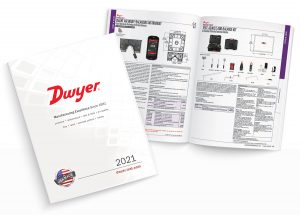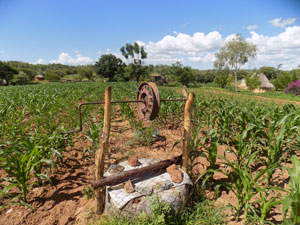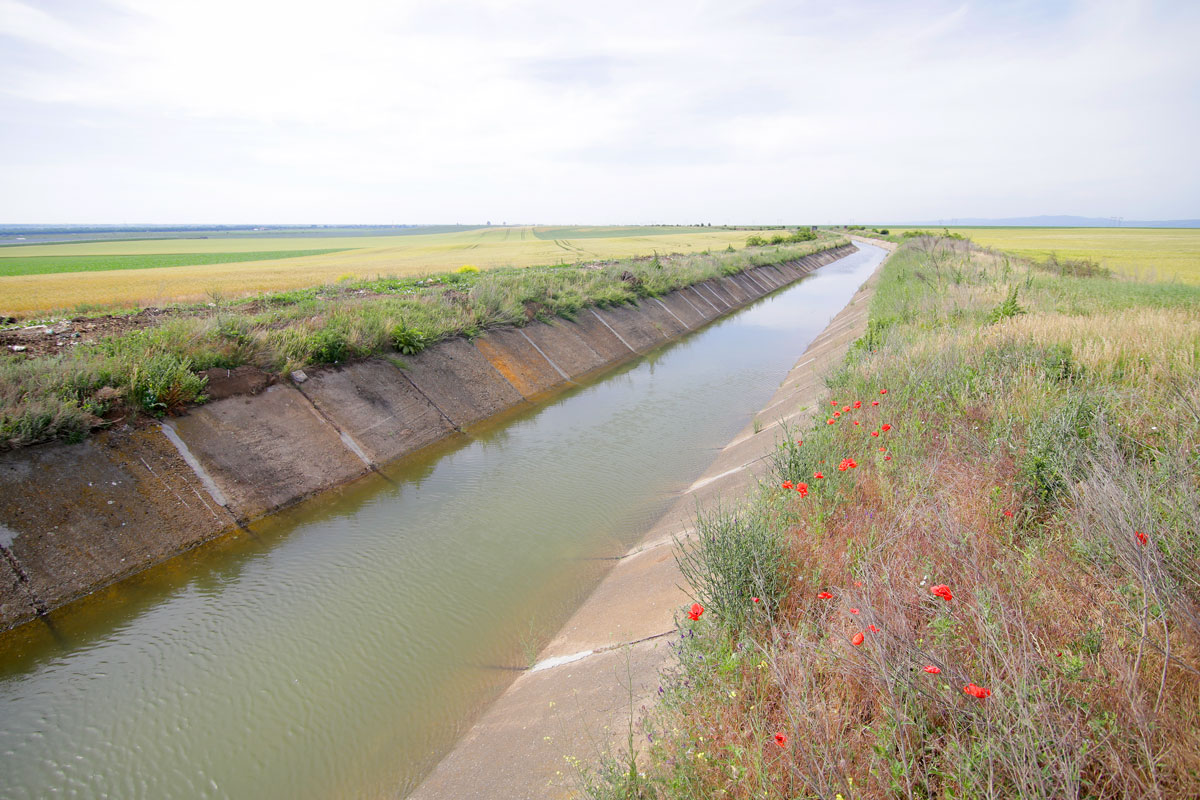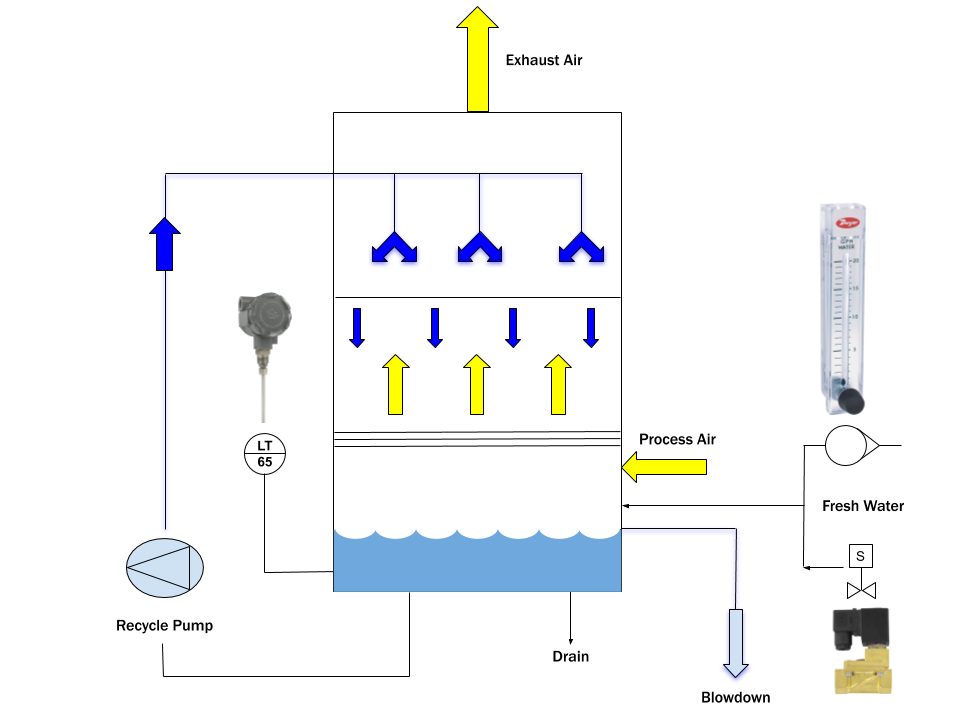 Open channel flow monitoring is a method of measuring water flow rates in irrigation channels, streams, and storm water systems. It’s also used in wastewater processing for monitoring the effluent discharge. In most applications for open channel flow, weirs and flumes are used. For those of us not familiar, weirs and flumes concentrate the flow into a known cross sectional area, relating an accurate level reading to an accurate flow rate. The height of the water in the channel, going over the weir or flume, is directly proportional to the flow rate. Continue reading “Open Channel Flow Monitoring”
Open channel flow monitoring is a method of measuring water flow rates in irrigation channels, streams, and storm water systems. It’s also used in wastewater processing for monitoring the effluent discharge. In most applications for open channel flow, weirs and flumes are used. For those of us not familiar, weirs and flumes concentrate the flow into a known cross sectional area, relating an accurate level reading to an accurate flow rate. The height of the water in the channel, going over the weir or flume, is directly proportional to the flow rate. Continue reading “Open Channel Flow Monitoring”
A Dwyer Guide to the Digital Catalog
 In this age of virtual meetings and online connections, to “Google” something has become synonymous with quickly looking up information. For some, bookshelves are more for decor than they are functional, and trends are leading to becoming more environmentally-friendly and saving paper. Print media is not necessarily “dead,” but it is becoming much less prevalent as we journey forward in this digital age.
In this age of virtual meetings and online connections, to “Google” something has become synonymous with quickly looking up information. For some, bookshelves are more for decor than they are functional, and trends are leading to becoming more environmentally-friendly and saving paper. Print media is not necessarily “dead,” but it is becoming much less prevalent as we journey forward in this digital age.
When speaking on digital resources, we have to take this chance to talk about some of the benefits that our digital catalog can offer. Available on both desktop (via our website) and mobile (via the app), the digital catalog allows you instantaneous access to application guides, selection guides, and product specifications. Continue reading “A Dwyer Guide to the Digital Catalog”
Remote Monitoring of Borehole Water Levels
 The monitoring of water levels in boreholes in a particular region is important for a water extraction company, as it allows the water extraction to be controlled across the area to keep the water table at a consistent level throughout. However, the widespread and remote nature of these boreholes means that the communication of these water levels can be difficult and costly. Continue reading “Remote Monitoring of Borehole Water Levels”
The monitoring of water levels in boreholes in a particular region is important for a water extraction company, as it allows the water extraction to be controlled across the area to keep the water table at a consistent level throughout. However, the widespread and remote nature of these boreholes means that the communication of these water levels can be difficult and costly. Continue reading “Remote Monitoring of Borehole Water Levels”
Lift Station Level Sensing
Are you having problems with your current lift station level controls? Dwyer Instruments may just have the cost effective solution you need. In this article we will review several level sensing strategies, the advantages and disadvantages of each, as well as an option you may want to consider for your next project.
Lift Station Basics
 In an ideal gravity fed wastewater collection system, sewage would flow downhill from its point of origin in residential or commercial areas to its final treatment plant destination. Due to a number of factors including total distance, topography, geology, economics, etc., the ideal piping design is not always feasible. Therefore, in most cases, sewage flows downhill to a lift station where it collects and then is pumped to a higher elevation in order to begin its downhill journey again. Continue reading “Lift Station Level Sensing”
In an ideal gravity fed wastewater collection system, sewage would flow downhill from its point of origin in residential or commercial areas to its final treatment plant destination. Due to a number of factors including total distance, topography, geology, economics, etc., the ideal piping design is not always feasible. Therefore, in most cases, sewage flows downhill to a lift station where it collects and then is pumped to a higher elevation in order to begin its downhill journey again. Continue reading “Lift Station Level Sensing”
Sump Level Make-Up Water Controls in Wet Chemical Scrubbers
Maintaining efficiency in wet chemical scrubbers has become one of the most important missions of current APC facilities due to urban growth and plant expansion/modernization projects as good stewards of the community. Systems often run above the 90% efficiency mark with the help of accurate make-up water control instruments. Continue reading “Sump Level Make-Up Water Controls in Wet Chemical Scrubbers”



